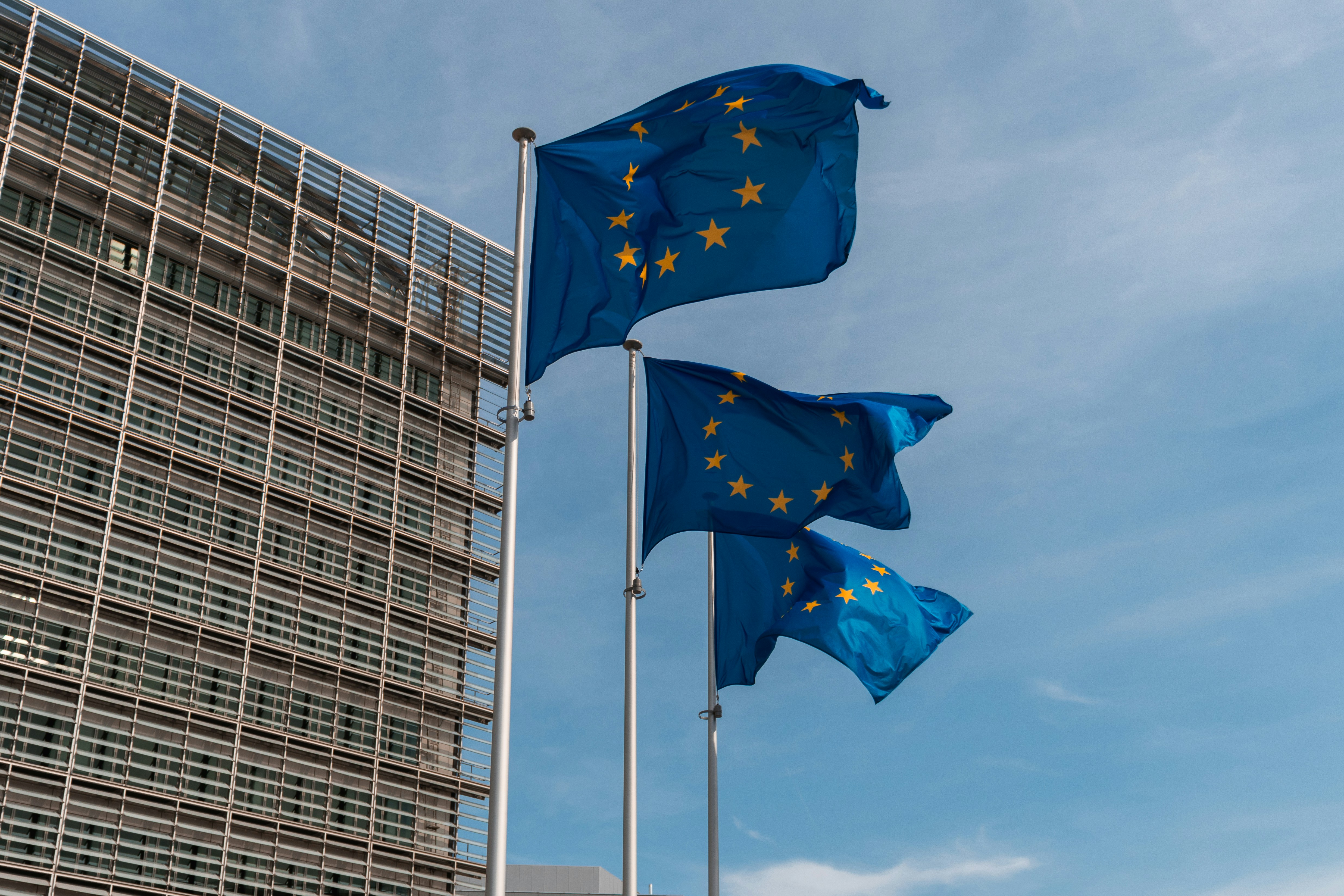Key Takeaway
Here's what's happening: The EU's Carbon Border Adjustment Mechanism (CBAM) transitions from reporting-only trial to full carbon levy in 2026, forcing foreign producers of steel, cement, aluminum, fertilizers, electricity, and hydrogen to pay the same CO₂ price (~€70/ton) as EU industries.
Why it matters for companies: CBAM regulation includes the ability to credit a carbon price effectively paid in the country of origin. Once rules are more defined, CFO could potentially optimize surcharges on imported key materials by leveraging carbon credits.
Section 1: Framework Background
Concept & Purpose: CBAM creates Europe's first carbon import tax designed to prevent carbon leakage and level the playing field. It initially covers carbon-heavy goods - iron, steel, cement, aluminum, fertilizers, electricity, and hydrogen - by charging importers for embedded CO₂. Europe's carbon pricing now applies to imports, ensuring domestic firms don't face unfair competition from high-emission foreign producers.
Impact & Status: CBAM entered law in October 2023, currently running a transitional reporting phase until end-2025. The mandatory phase begins in January 2026 when importers must build financials provisions to then purchase CBAM certificates for each tonne of CO₂ in their goods in 2027. The system mirrors EU ETS free allowance phase-outs - starting with 2.5% of emissions in 2026, ramping to 100% by 2034. Other jurisdictions are following suit: the UK launches its own CBAM-style policy in 2027.
Section 2: Expected Legislative Changes
Upcoming Deadline: Financial obligations begin in January 2026 with CO₂ tracking requirements, followed by the first certificate surrender deadline in August 2027 for 2026 emissions. By end-2025, the Commission will decide on scope expansion to additional sectors. As of September 2025, the Commission runs a call for evidence on rules (Article 9) on the deduction of the carbon price paid in a third country.
Regulatory Adoption: Brussels simplified administration in mid-2025, raising the de minimis threshold to 50 tons/year, exempting 90% of small importers. The official CBAM Registry launches for smooth CBAM certificate purchasing in 2026. Key safeguards are emerging: anti-circumvention rules prevent dodging via minor processing, while CBAM revenues (~€2.1 billion/year by 2030) will support EU industries to remain competitive.
Section 3: Risks & Opportunities
Risks of Inaction: Companies delaying CBAM preparation can face significant cost shocks. Relying on default emissions values inflates reported CO₂, forcing unnecessary certificate purchases. With carbon prices projected at €150/ton by 2030—double today's levels—CBAM bills could surge annually. Non-compliance brings penalties of €100 per ton plus potential import bans.
Benefits of Proactive Engagement: Early preparation translates directly to lower liabilities. Even a 10% reduction in product emissions intensity can slash required CBAM certificates by 30% in the first compliance year. Securing low-carbon supply chains yields massive savings as carbon prices climb. CFOs integrating CBAM into procurement decisions can protect margins, ensure business continuity, and signal climate leadership to investors.
Conclusion – 3 Strategic Actions for CFOs/CSOs
CBAM regulation foresees the deduction of carbon prices paid in third countries from levies. However, major questions still need to be worked through by the Commission until carbon credits can be recognized in CBAM. To start with, Carbon Credits are not yet accepted in the EU ETS itself. And the uncertainty surrounding Article 6 credits, could bring an additional layer of complexity. However, the Commission is bringing experts to form an opinion as we speak.
CFOs/CSOs should hence:
-
- Map and quantify your CBAM exposure now: Audit supply chains to identify all CBAM-covered imports, calculate embedded CO₂, and model projected costs under different carbon price scenarios through 2030.
- Collaborate with suppliers to reduce emissions: Secure actual emissions data from suppliers to avoid costly default values and incentivize lower-carbon materials. Every ton of CO₂ avoided directly cuts CBAM liabilities when payments begin.
- Integrate CBAM into financial planning: Establish processes for purchasing and surrendering certificates by the August 2027 deadline. Track policy setting on deduction of carbon prices paid in third countries and optimize accordingly.
Appendix – Sources and Further Reading:
- European Commission – Carbon Border Adjustment Mechanism (Official Guidance & Latest Updates) - Taxation and Customs Union Directorate (Jul 2025)taxation-customs.ec.europa.eutaxation-customs.ec.europa.eu.
- Reuters – “EU to make most companies exempt from carbon border levy, draft shows” – Kate Abnett, Feb 24, 2025reuters.comreuters.com.
- Reuters – “EU to compensate exporting industries for carbon levy” – Kate Abnett, Jul 2, 2025reuters.comreuters.com.
- Tax Adviser Magazine – “CBAM in 2025 and beyond: what you need to know” – 25 June 2025taxadvisermagazine.comtaxadvisermagazine.com.
- Fastmarkets – “CBAM is coming – can steel and aluminium supply chains bear the costs?” – June 11, 2025fastmarkets.comfastmarkets.com.
- CFO Dive – “The 6 things every CFO should do to prepare for CBAM” – June 16, 2025cfodive.comcfodive.com.
- Thomson Reuters Institute – “Actions companies can take now to prepare for the EU’s CBAM” – Sept 6, 2024thomsonreuters.comthomsonreuters.com.
- OECD Report – “What to expect from the EU Carbon Border Adjustment Mechanism” – OECD Policy Paper, March 2025oecd.orgoecd.org.
- Centre for European Reform – “Learning from CBAM’s transitional phase: Early impacts on trade and climate efforts” – CER Policy Brief, 2024cer.eucer.eu.
Jérôme Cochet is the Co-Founder & CEO of goodcarbon, a platform enabling companies to achieve net-zero through high-quality carbon credits from Nature-based Solutions (NbS). With a strong background in business, marketing, and data, Jérôme previously worked at McKinsey & Company and helped scale Zalando to over €6 billion in revenue as their SVP Sales & Marketing. Driven by a passion for nature, Jérôme co-founded goodcarbon to de-risk and scale investments in Nature-based Solutions, making them a core component of corporate carbon removal strategies.

